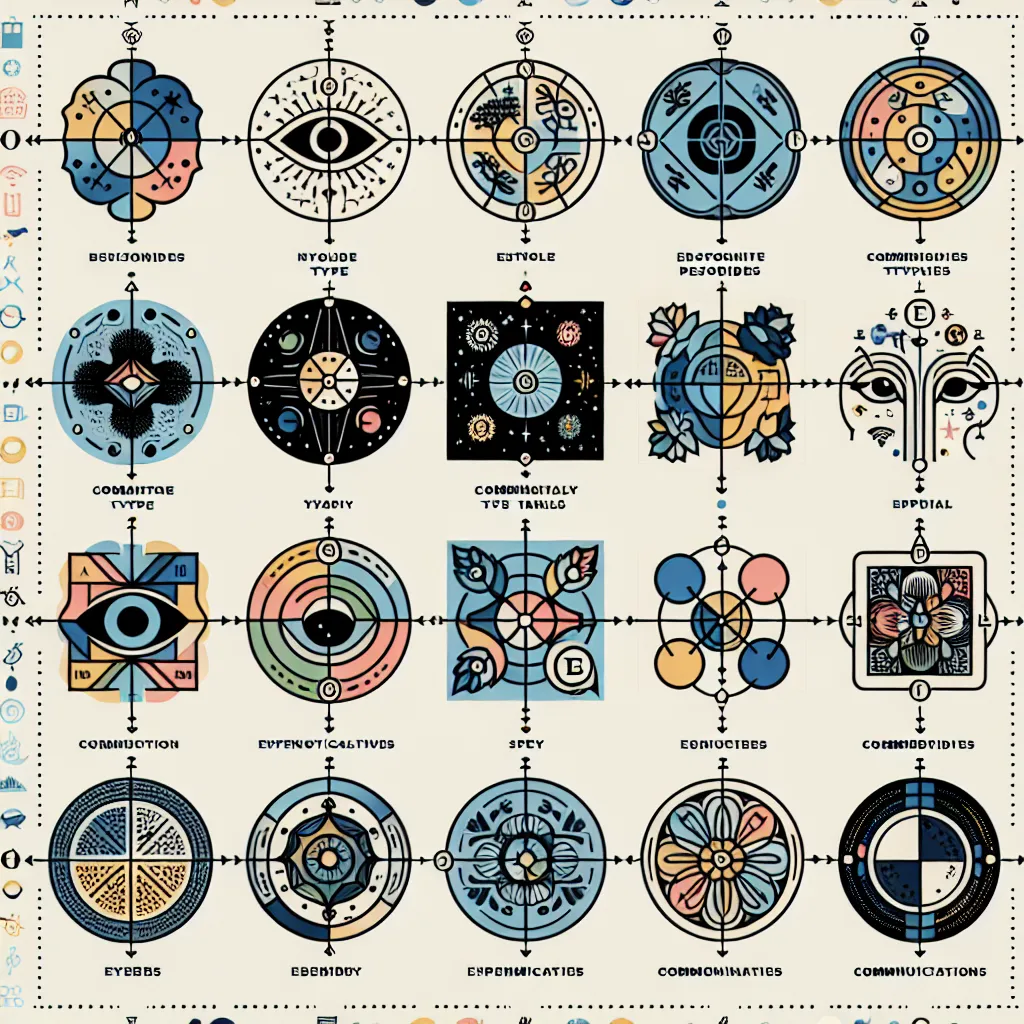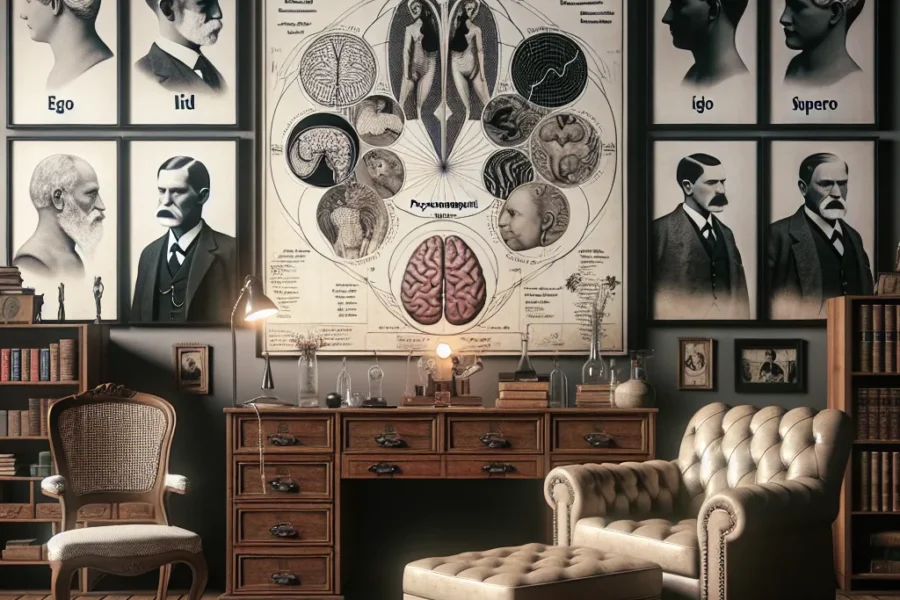Understanding the Myers-Briggs Type Indicator: Exploring the 16 Personality Types
The Myers-Briggs Type Indicator (MBTI) is a tool used to discern individual personality types and preferences. Since its development in the early 20th century by Katharine Cook Briggs and her daughter Isabel Briggs Myers, the MBTI has become one of the most widely used psychological instruments in the world. This deep dive into the Myers-Briggs personality types will explore the facets of the framework, what each dimension represents, and offer insights into how understanding your MBTI type can benefit both your personal and professional life.
At the heart of the Myers-Briggs theory is the classification of personality into 16 distinct types. These types are determined by four dichotomies or pairs of opposite preferences. These are:
1. Extraversion (E) versus Introversion (I): This indicates where people prefer to focus their attention and draw energy from — the external world of people and activity or the internal world of thoughts and reflections.
2. Sensing (S) versus Intuition (N): This pertains to how individuals prefer to take in information, with sensing types favoring concrete, actual information gleaned from their senses and intuition types preferring to focus on possibilities and abstract concepts.
3. Thinking (T) versus Feeling (F): This dimension considers the decision-making process, where thinking types focus on logical reasoning and impersonal analysis, whereas feeling types prioritize emotion and the effects of decisions on others.
4. Judging (J) versus Perceiving (P): Lastly, this dichotomy relates to how people prefer to deal with the outside world, whether through a structured, decided way (judging) or a more flexible, adaptable approach (perceiving).
When combined, these preferences lead to the 16 Myers-Briggs Personality Types, labeled with an abbreviation of four letters. For example, an INTJ represents a person with preferences for Introversion, Intuition, Thinking, and Judging. Each type is described with a set of characteristics that often include strengths, weaknesses, potential career paths, and compatibility with other types.
The strengths of the Myers-Briggs Type Indicator lie in its ability to foster self-awareness and personal growth. By understanding one’s own personality type, an individual can recognize their natural predilections and tendencies. In the same vein, by understanding the types of others, one can improve communication and relationships, be it in a personal, educational, or professional context. For instance, an extraverted feeling type may excel in collaborative environments and roles that require strong interpersonal skills, while an introverted thinking type might be more suited to tasks that require in-depth analysis and independent work.
The MBTI framework has also found significant application in the professional world, particularly in the areas of team building, leadership development, conflict resolution, and career counseling. Employers and managers use the MBTI to understand the working styles of their team members and to construct teams with a balance of personality types to complement each other’s strengths and compensate for any weaknesses. Additionally, knowledge of personality types can aid in the development of effective communication strategies tailored to diverse work styles.
Critics of the Myers-Briggs framework often point to its reliability and validity, suggesting that people’s types may change over time and that the MBTI does not account for the complexity and variability of human behavior. However, proponents argue that the test is not meant to be predictive or definitive but rather a tool for introspection and discussion.
It’s important to use the MBTI responsibly, remembering that it is just one of many tools for understanding human behavior and not a strict categorization system. When used effectively, the Myers-Briggs Type Indicator can be a powerful instrument in guiding self-discovery, fostering workplace harmony, and enhancing overall interpersonal dynamics.
For those interested in delving deeper into their own Myers-Briggs personality type, various resources are available, including official MBTI assessments, certified MBTI practitioners, and numerous books and online content. Each resource can offer different levels of insight, from basic type descriptions to more nuanced interpretations that consider individual variation within the types.
Moreover, the internet has seen an explosion of MBTI-related content, from forums and discussion groups to videos and social media posts. This proliferation of information speaks to the enduring popularity of the framework and its ability to resonate with people’s experiences of themselves and others.
In conclusion, the Myers-Briggs Type Indicator remains a significant tool for understanding human personality. Its framework, consisting of 16 distinct personality types, provides valuable insights into our own behavior and the behavior of those around us. Despite its critics, the MBTI continues to be used in various settings and can be a valuable asset for personal and professional development. As with any psychological instrument, the Myers-Briggs Type Indicator should be applied with care and in conjunction with other methods of assessment to paint a complete picture of an individual’s personality. Remember, the true value of the MBTI lies in its ability to encourage introspection and facilitate greater understanding and acceptance of the myriad of ways we all perceive and interact with the world.



Leave a Comment